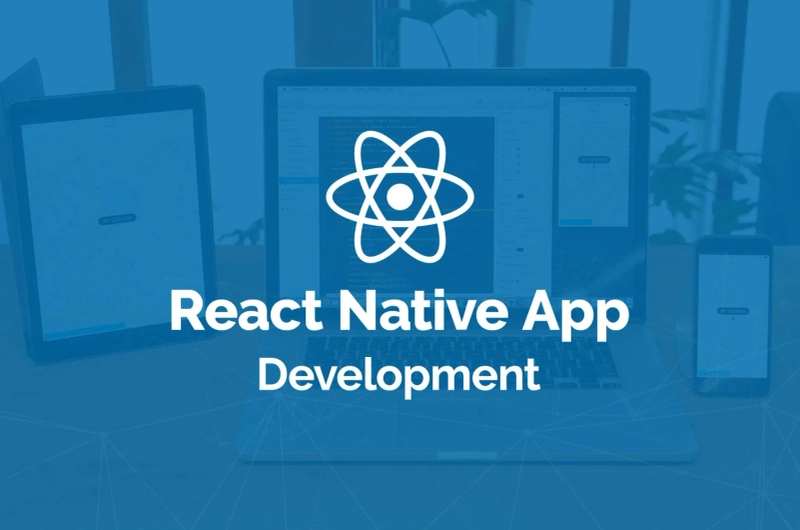React Native is a mobile app development framework developed by Facebook to build apps for Android and iOS devices. It uses Javascript instead of native code, allowing developers to build apps that look the same across different platforms. It’s built on top of the ReactJS library, so it has many similarities to using ReactJS as a front-end toolkit. In this article, you will learn how to develop an app using React Native Development from scratch. You will also learn about some of the best tools and resources available for learning React Native, as well as tips and tricks that will help you master this technology faster than others.
What is React Native?
React Native is a framework for building mobile apps using the ReactJS framework. React Native lets you build apps for Android and iOS using only javascript. It uses a framework called NativeScript to build apps that look and feel like they’re running on a native device. With React Native, you can build apps that are consistent across all devices and operating systems. Native features like location, sensors, and camera get simulated, making your app look and feel like a native app.
React Native Development Tools
There are a lot of tools that you can use while developing React Native apps. Some of the tools include Expo, react-native init, react-native run, and Xcode. Expo is a platform that lets you host your React Native app online, which can be helpful when you want to share your app with the team or others. Expo is available for Mac and Windows, and you can install it using a package manager. Expo is a great tool for getting started with React Native, but it might not be the tool for you if you want to use other tools like React Native CLI, Xcode, or native code editing. react-native init is for generating new React Native apps. react-native run is for running React Native apps in the browser, which can be helpful when you want to start learning how to build apps using React Native. React-native is a command-line tool that lets you edit native code.
Read Also:- Why React Native is the Future of Mobile App Development
React Native Basics
The React Native framework lets you build modern mobile apps using ReactJS as a front-end toolkit. React Native apps look and behave very similar across different platforms, making them very easy to maintain and extend. React Native provides you with the tools to build apps with a consistent user experience that can be easily localized for different languages and countries. With React Native, you can use state management techniques like Redux, as well as advanced features like GraphQL, which let you build apps that have great user experiences.
Getting Started with React Native Development
To get started with React Native development, you can follow the below steps.
Install Expo React Native app manager: First, you need to install the Expo app on your computer. Expo is a tool for hosting React Native apps online. You can also use Expo for collaborative development, including code review.
Next, you will need to install the Expo app on your computer. To do this, follow these steps. On Mac: Open Preferences in your application menu and enable the “Show Develop menu in the menu bar.” Then, search for “Preferences” in the menu bar and click on it. On Windows: Go to the Control Panel and select Show All > Customize > Select “Preferences” from the list and select “Enable” from the menu. When you’re done with this, you can also install Expo on your mobile device too.
Setup React Native Project: Once you have installed Expo and React Native on your computer and mobile device, next you will need to set up your project.
Create a new React Native project using the below command in your terminal. react-native init project_name> project_path>
Add Dependencies: You will also need to add some dependencies while setting up your project. To do this, run the below command.
npm install -g react-native-cli
Add App to Expo: Once your project is set up, you can now add your app to Expo.
To do this, you will need to create an Expo app, which you can do by running the below command. expo app project_name> Now replace project_name> with your actual project name.
Add Native Files: Now, you will need to add all the native files for your app so that it can be used by your app. To do this, run the below command.
react-native link project_name> path_of_native_shared_files> Replace project_name> with your actual project name. If you want to link multiple apps, you will need to replace project_name> with the name of the app.
Start the App: After adding all the native files, you can now start the app by running the below command.
react-native run-ios project_name> device_id> device_name> network_type> api_key> react-native run-android project_name> device_id> device_name> network_type> api_key> Replace project_name> with your actual project name.
Development Environment: To run your app, you will need to use an environment that is configured to run apps built with React Native. You can use the below to create a development environment.
npx npx react-native init project_name> project_path>
Read Also:- Flutter vs React Native: A Detailed Comparison
Conclusion
In this guide, you learned how to develop an app from scratch using React Native. You were introduced to the React Native framework, along with its development tools and dependencies. Finally, you learned how to set up your project and link all the necessary native files for your app.



